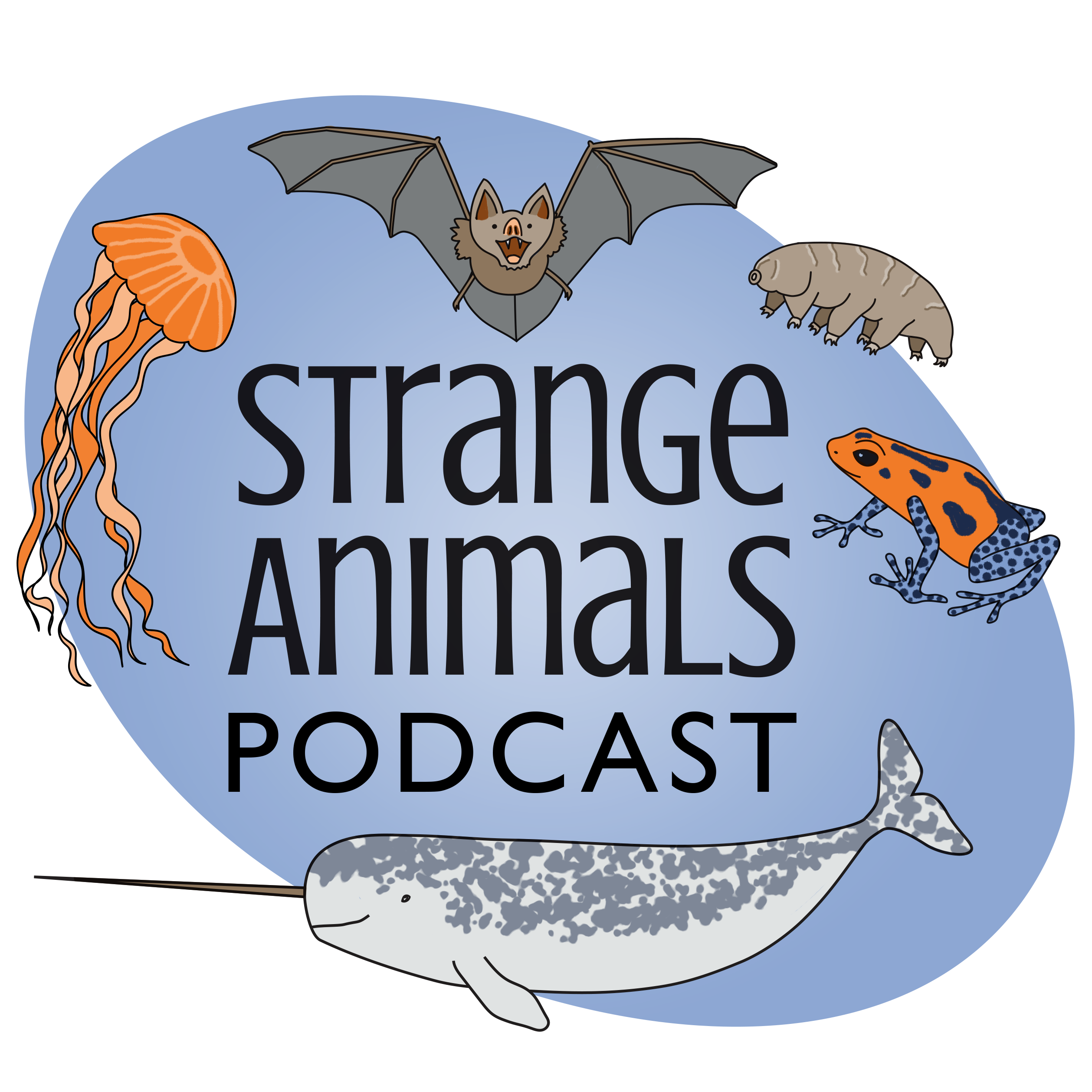Episode 351: The Bunyip and the Kelpie

Thanks to Will and Henry for their suggestions this week! This episode is two bats out of five on the spookiness scale for monster month, so it's only a little spooky.\n\nFurther reading:\n\nDoes the Bunyip Really Haunt the Australian Wetlands?\n\nA map and drawing of the original earth carving of a bunyip, from the mid-19th century:\n\n \n\nAn elephant seal can really look like a monster:\n\n\n\nSo can a leopard seal [photo by Greg Barras and taken from this site]:\n\n\n\nShow transcript:\n\nWelcome to Strange Animals Podcast. I\u2019m your host, Kate Shaw.\n\nThis week, as we get closer and closer to Halloween, we\u2019re taking a break from spooky bigfoot monsters. Instead, we\u2019re in the water with some spooky monsters suggested by Henry and Will! This episode is rated two bats out of five on our spookiness scale, so it\u2019s not too scary.\n\nWe\u2019ll start with Will\u2019s suggestion, the bunyip. We talked about it a long, long time ago in episode 36, so it\u2019s definitely time to revisit it.\n\nThe bunyip is supposed to be a monster that attacks and eats people who come too near the waterholes or lagoons where it lives. It\u2019s sometimes said to be gray and covered with feathers, or is described as a humongous starfish or snake, or is supposed to be yellow with black stripes, but the earliest reports in English, back in 1812, describe it as looking like a huge black seal. It was supposed to warn people away with a terrifying bellow or roar.\n\nBy about the 1850s the word bunyip had been adopted into Australian English as a term meaning something like humbug or poser. As early as 1933, at least one non-Aboriginal person suggested that the bunyip was inspired by seals that sometimes come up into rivers. If someone who had never seen or heard of a seal before saw one up close, it would definitely look like a monster.\n\nThat\u2019s mainly what we talked about in episode 36. An Aboriginal sacred site near Ararat, Victoria once had the outline of a bunyip carved into the ground and the turf removed from within the figure. Every year the local indigenous people would gather to re-carve the figure so it wouldn\u2019t become overgrown, because it symbolized an important event. At that spot, two brothers had been attacked by a bunyip. It killed one of the men and the other speared the bunyip and killed it. When he brought his family and others back to retrieve his brother\u2019s body, they traced around the bunyip\u2019s body.\n\nThe bunyip carving was 26 feet long, or 8 meters. Unfortunately it\u2019s long gone, since eventually the last Aborigine who was part of the ritual died sometime in the 1850s and the site was fenced off for cattle grazing. But we have a drawing of the geoglyph from 1867. A copy of it is in the show notes. It\u2019s generally taken to be a two-legged sea serpent type monster with a small head and a relatively short, thick tail. Some people think it represents a bird like an emu.\n\nBut if you turn it around, with the small head being the end of a tail, and the blunt tail being a head, suddenly it makes sense. It\u2019s the shape of a seal.\n\nThe Southern elephant seal lives around the Antarctic, but is a rare visitor to Australia. It\u2019s also enormous, twice the size of a walrus, six or seven times heavier than a Polar bear. The males can grow over 20 feet long, or over six meters, while females are typically about half that length. The male also has an inflatable proboscis which allows him to make a roaring or grunting sound, although he usually only does this when he\u2019s about to fight another male. This is what it sounds like:\n\n[southern elephant seal sound]\n\nThe leopard seal also lives in the Antarctic Ocean but sometimes it\u2019s found around Australia, especially the western coast. It\u2019s not as big as the elephant seal but it can grow up to 11 \xbd feet long, or 3.5 meters, the size of a walrus although it\u2019s not as heavy. It\u2019s an active, streamlined animal with large jaws. Its teeth that lock together to allow it to filter small animals from the water by pushing the...